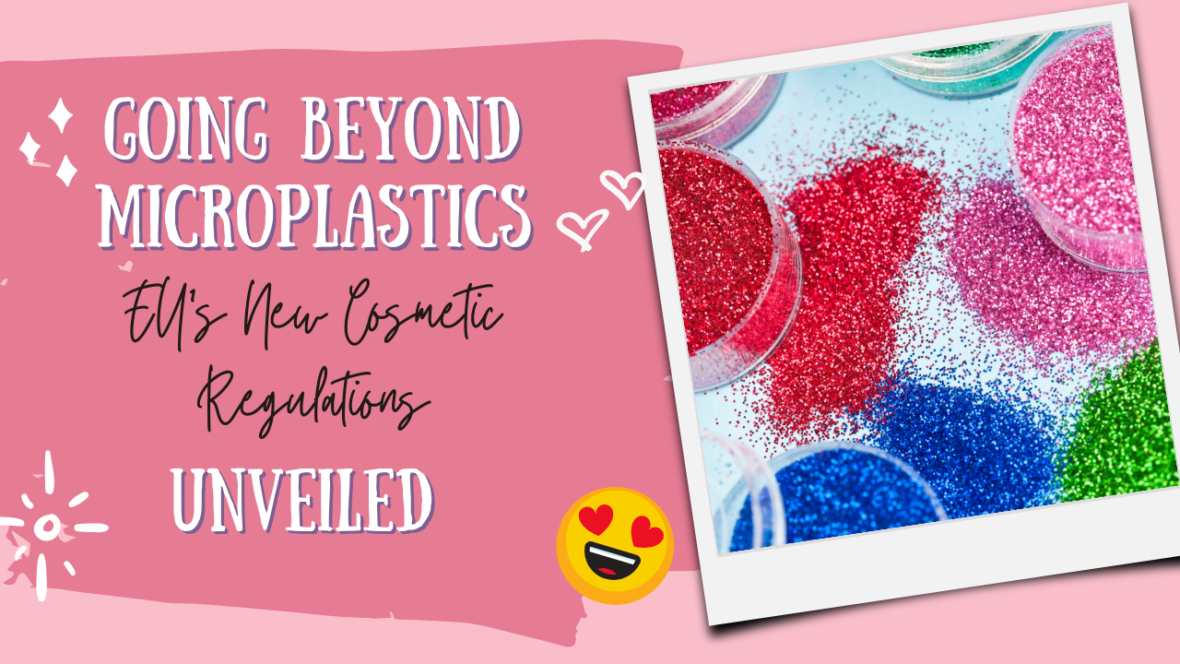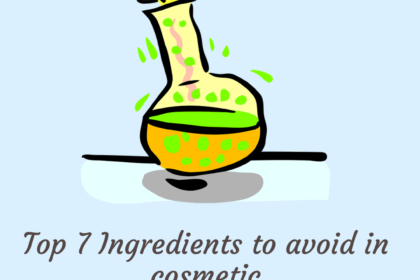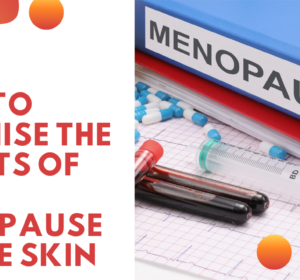Glitter is at the centre of a silent revolution in the EU. One of the steps taken by the EU towards sustainability and environmental protection has been banning the use of glitter. This small change carries significant consequences for landscapes and makeup lovers. In this blog post, we will see how the EU glitter ban is reshaping the cosmetic industry and what that means for the future of our favourite makeup products. Get ready to discover the impact of this eco-conscious decision and its implications for the world of beauty.
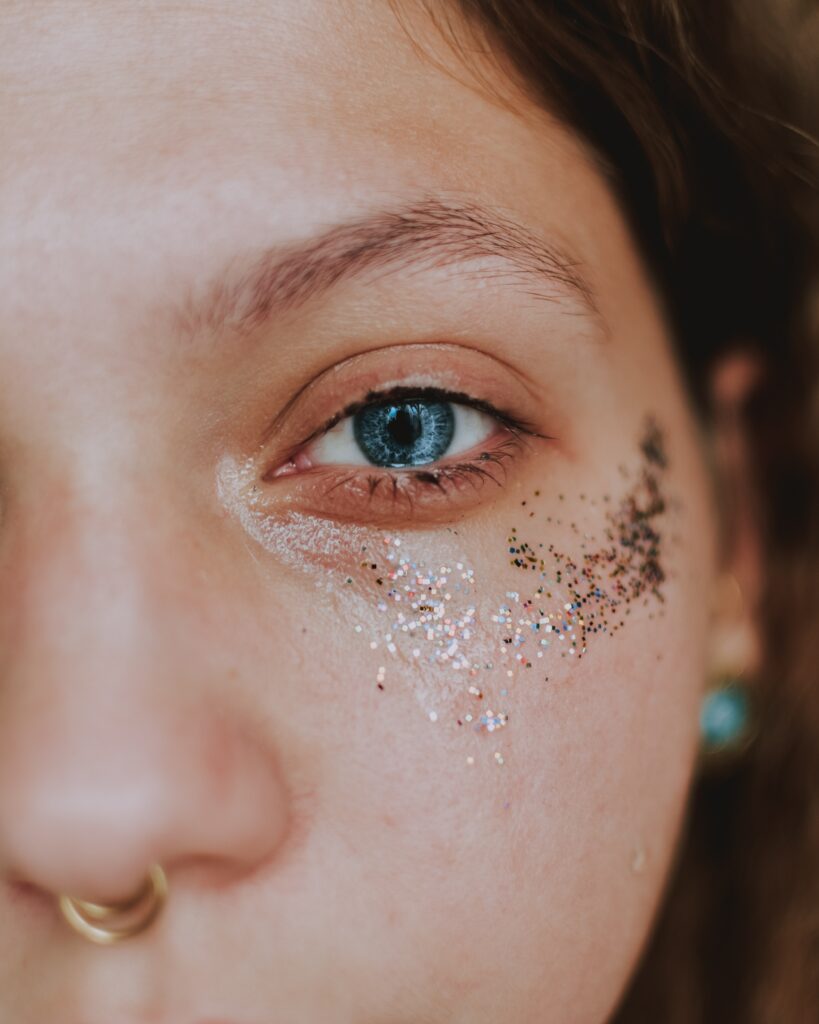
An overview of the glitter EU Glitter Ban
Most of us are glitter lovers. In one of my recent reviews, I talked about one Sheglam Eyeshadow and the amazing glitter in its formula. This product may be at risk as the EU has banned the use of microplastics. From October 2023 it will not be possible to sell any product containing microplastics. These products containing microplastics include toys, detergent, and, what is of our concern, makeup and cosmetics.
The EU wants to avoid the release of microplastics into the environment. Every year we release about half-million tons of microplastics, causing real harm to the ecosystems.
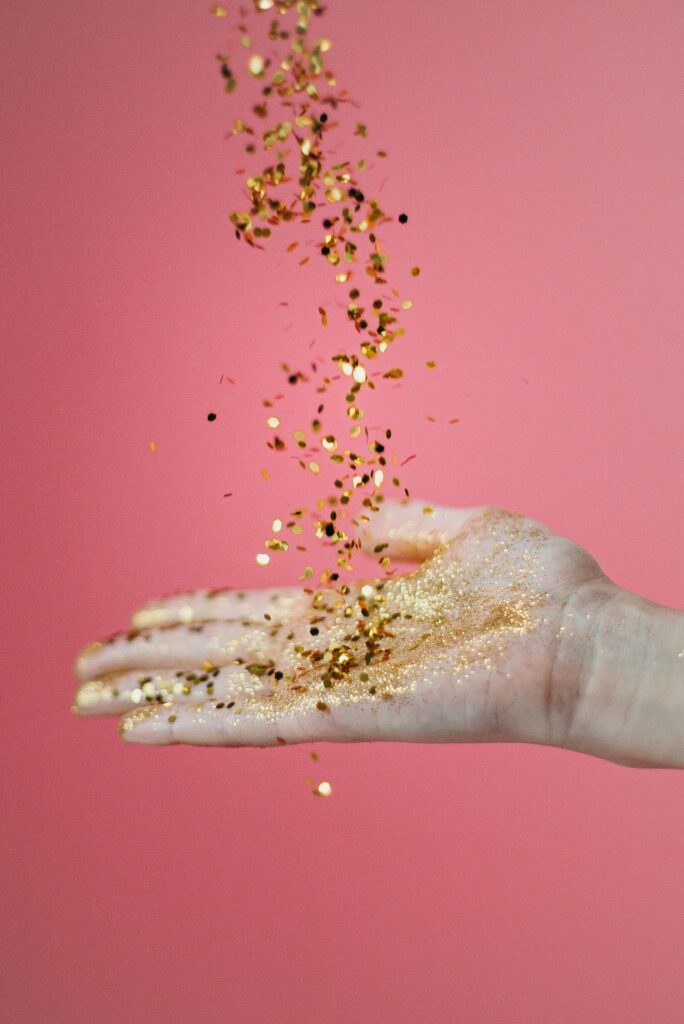
What is glitter? EU Glitter Ban
Glitter was invented in 1934 in New Jersey and since then, it has been a revolution in the cosmetic industry.
Glitter consists of different layers of plastic sandwiched between sheets of reflective metal. The ensemble is finally coated with a resin to provide protection. The metal contained in most of the glitters is aluminium. The most frequent plastic is polyethene terephthalate, aka PET. The ensemble of PET and aluminium sheets is coated using epoxy or polyurethane resin.
The metal provides the glitter its characteristic reflectance, the sparkle effect. The plastic offers stability whereas the coating provides protection. This composition makes glitter not only reflective but also offers interesting properties. Glitter is water, solvent and temperature-resistant (up to 180 degrees centigrades).
Glitter sheets are finally cut to the desired size and shape. The glitter used in cosmetics is cut in a circular shape to avoid edges which can damage the skin. The glitter particles are generally in a size below 5 mm.
Effect of the glitter on the environment
Microplastics are small plastic pieces less than five millimetres long which can be harmful to our ocean and aquatic life. Glitter matches with this definition and it is considered a microplastic.
Glitter is not reusable or recyclable. The sheets of aluminium bonded to PET end up in oceans and landfills causing a huge impact on the eco-systems. Think that it takes more than 1000 years for the microplastic to completely degrade. During this time, birds and fishes may eat the microplastic. That makes them choke to death.
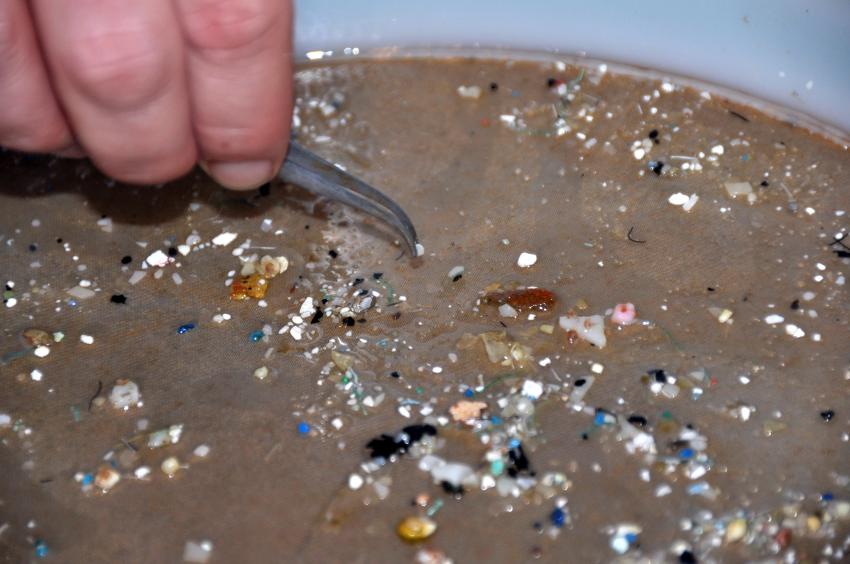
The EU Glitter Ban and How it Will Be Applied
On September 27, 2023, the European Union (EU) issued Commission Regulation (EU) 2023/2055 to regulate synthetic polymer microparticles (‘microplastics’) as substances on their own and in mixtures (the Regulation). I am not going to write the full regulation; you can read it here.
In summary, the EU law states that any microplastic with a particle size below 5 mm which are not water-soluble and resistant to degradation will be banned from October 2023. In cosmetics, that will affect exfoliants and makeup.
However, glitter products are not going to disappear overnight. Non-adherent glitter particles and micro-spheres must disappear from the 17th of October 2023. For the rest of products containing microplastics, there is a period going from 4 to 12 years which allows brands to reformulate the products.
Natural alternatives to glitter and other microplastics
Although most of us think about glitter when talking about the microplastic ban, there are other cosmetic products affected. This is the case of the physical scrubs. However, there are different alternatives to them already in place. First of all, we can use a chemical or enzymatic scrub (see the difference between them in this post). If you still want to use a physical scrub, there are alternatives available which use natural particles instead of microplastics. These alternatives include poppy seeds, crushed fruit stones, oats, ground coffee, etc.

There are also a few natural alternatives to glitter. However, they are not a good option for cosmetic use. The most common are:
- Sand. Sand is a natural alternative to glitter found in nature. It can show different colours but it is very harsh with the skin.
- Salt. Salt has a natural reflection but can dry the skin and it is not suitable for people with sensitive skin.
- Crushed glass. This is the most popular option for glitter used in crafts. However, it is not suitable for cosmetic uses as it will damage the skin.
Synthetic alternatives to glitter EU Glitter Ban
There are some manmade alternatives to glitter providing very good results. Most of them are patented trademarks and, therefore, I may not be able to provide accurate information about composition.
BIOGLITTER® EU Glitter Ban
Bioglitter® is a company based in Germany which produces sustainable and innovative products for cosmetics and other industries. It was originally a British company. Among all their products, I would like to mention two of them:
PLA Glitter®. This glitter contains polylactic acid (PLA) instead of PET. The PLA is produced by renewable sources. This PLA glitter is a bioplastic, a biodegradable plastic. However, it has a problem: this glitter will not degrade at ambient temperature, as the seawater.
Cellulose Polymer Glitter®. This glitter contains a cellulose polymer instead of PET and it doesn’t contain aluminium. It will degrade at ambient conditions. However, it is not highly sparkling and the colours can leach.
Geotech®
GEOTECH® is a company based in Nederland and it is a specialist in bio-glitter production. It is one of the main cosmetic-grade glitter suppliers. They produce different cosmetic grade bio-glitter, but I would like to mention three of them.
GEONATURE®. It is a biodegradable and environmentally friendly glitter. This glitter is based on microcrystalline cellulose films instead of PET. It contains aluminium and has a transparent coating.
It is a safe alternative with similar reflections to traditional glitter which degrades quickly. The unique CON is that it is not suitable for water-based formulas, it is not water-stable.
GEOFLAKES®. The structure of this glitter is based on synthetic mica. The mica sheets are coated with titanium dioxide or iron oxide. The colour is produced by interference, a phenomenon that occurs when visible light passes through thin layers with different reactive indices.
Geoflake® glitter is a safe-to-use, biodegradable material with high reflections.
GEODIAMOND®. This type of glitter is based on borosilicate flakes. These flakes are coated with titanium dioxide or other materials to produce the sparkle effect. As with the previous glitter, the colour is produced by interference.
Geodiamond® glitter shows the features of traditional glitter without the negative environmental effects.
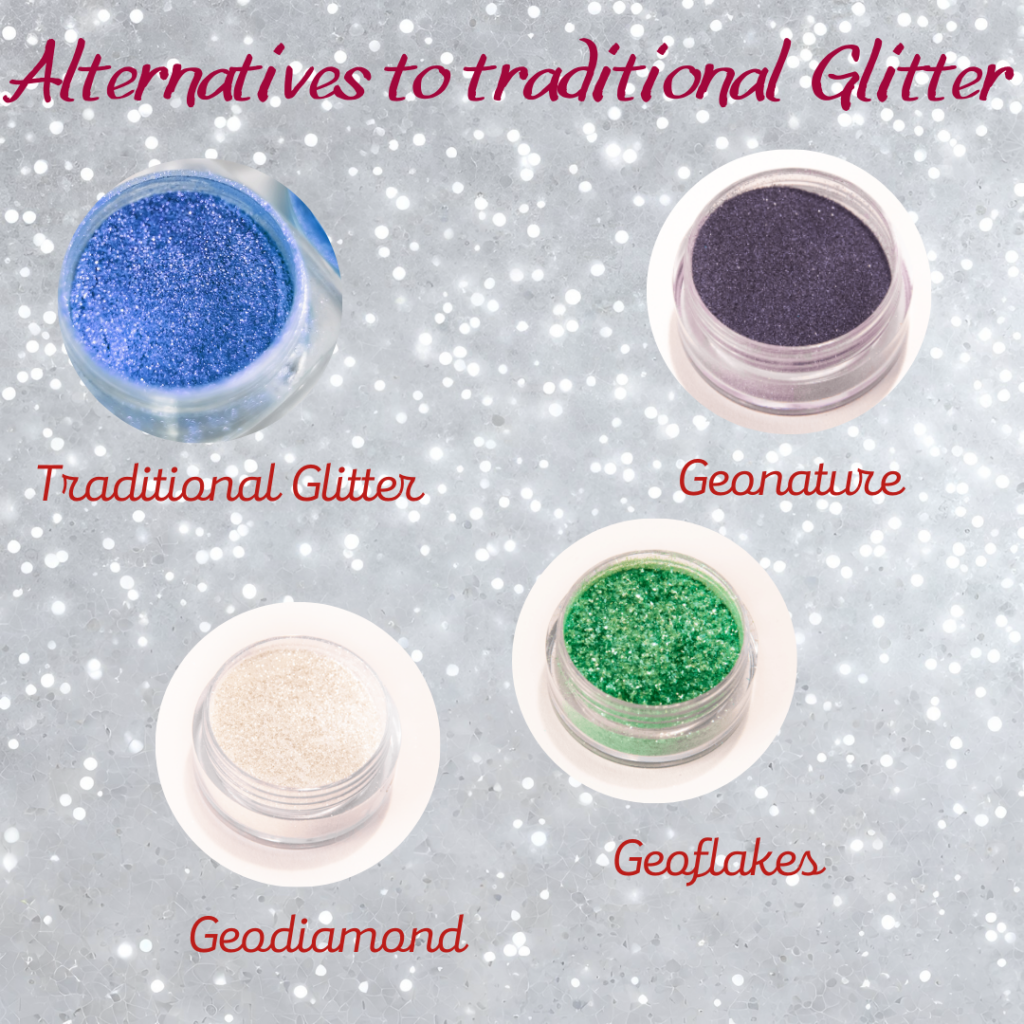
As you can see, there are different sustainable alternatives to glitter. Cosmetic brands need to re-formulate their products, but it is for a good reason, to protect the eco-systems and the environment. However, don’t panic, glitter will not disappear. A new sustainable bio glitter will substitute the traditional one.
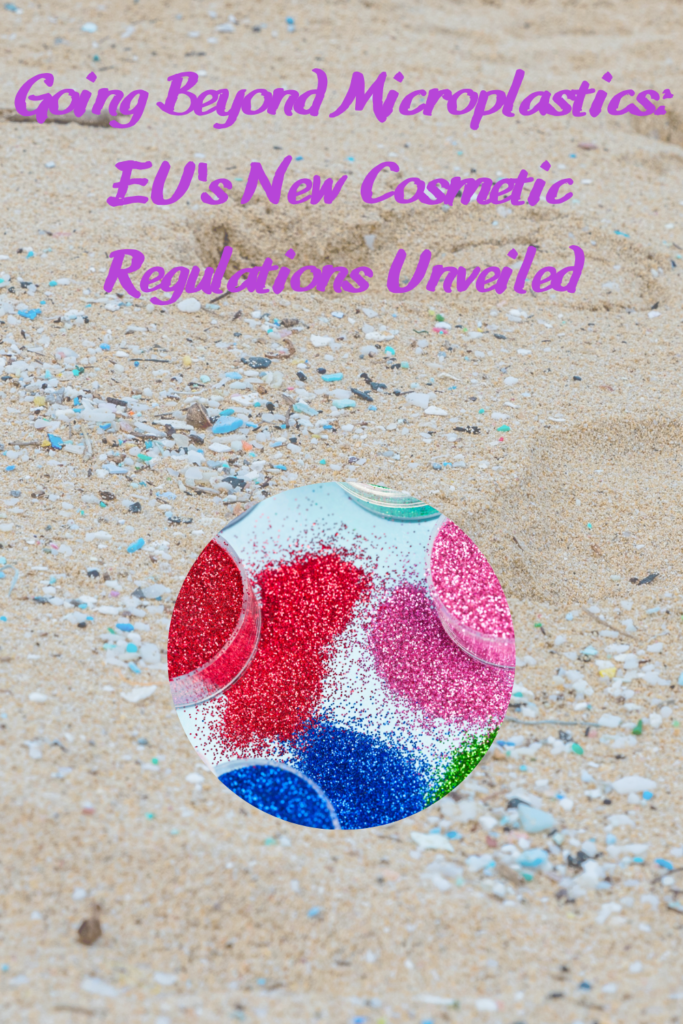

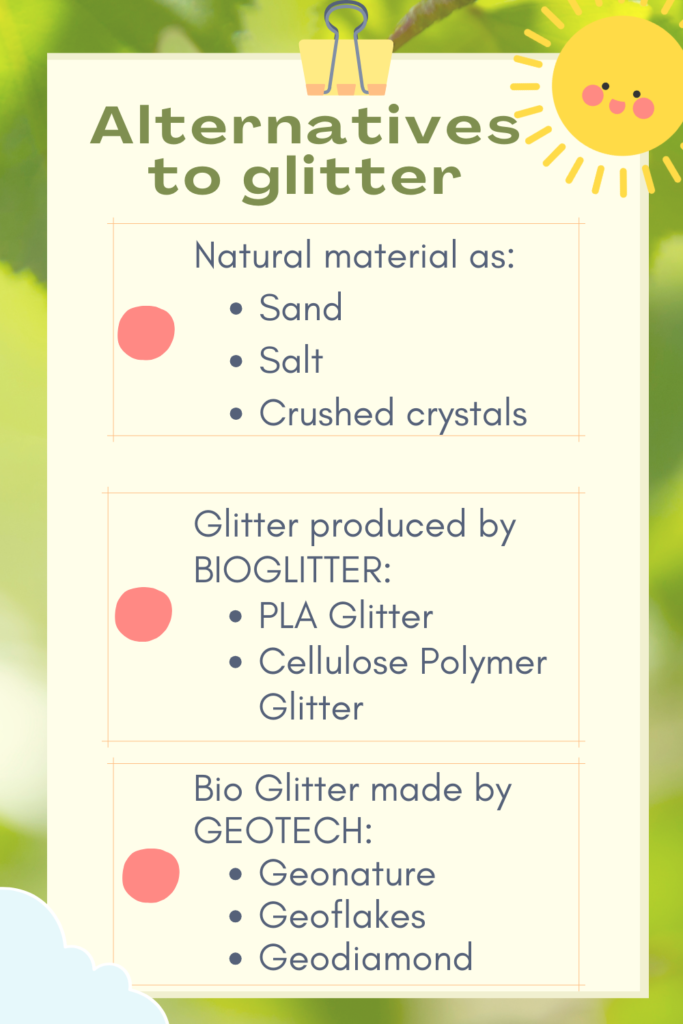
Bear in mind that some of the links in this post are affiliate links and if you go through them to make a purchase I will earn a commission. Keep in mind that I link these companies and their products because of their quality and not because of the commission I receive from your purchases. The decision is yours, and whether or not you decide to buy something is completely up to you.
